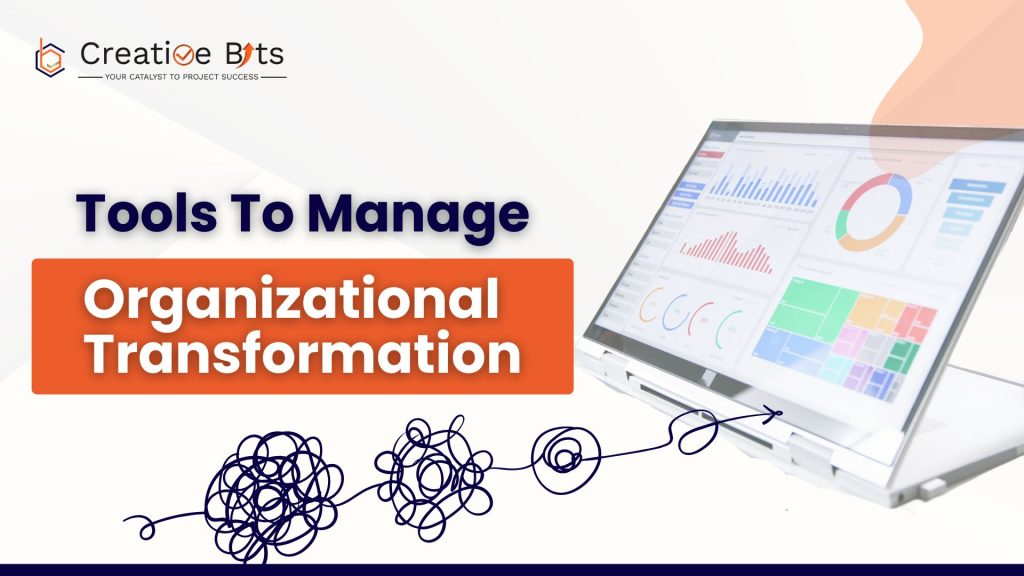Time is one of the most valuable yet often mismanaged resources in project management. While businesses meticulously track budgets, resources, and deliverables, they often overlook a crucial element—time. Untracked time can lead to missed deadlines, increased costs, and inefficiencies that quietly erode profitability.
In this article, we’ll explore the hidden costs of untracked time in project management, its tangible impacts, and how implementing an effective time-tracking system—like TimeBits, a powerful time-tracking app for monday.com users—can optimize your workflows and maximize efficiency.
The Importance of Time Tracking in Project Management
Time tracking is not just about logging hours; it’s about understanding where time is spent, improving efficiency, and ensuring accountability. Without proper time tracking, businesses face challenges that directly affect their bottom line.
Understanding the True Costs of Untracked Time
Untracked time creates a ripple effect throughout project management, leading to various inefficiencies and financial losses. Here’s how:
1. Missed Deadlines and Project Delays
When teams don’t track their time, managers lack visibility into how long tasks take. This results in poor planning, unrealistic deadlines, and missed milestones—ultimately delaying project delivery.
2. Inaccurate Budget Forecasting
Without a clear record of time spent on past projects, estimating future costs becomes guesswork. Inaccurate forecasts can lead to budget overruns and financial strain.
3. Inability to Optimize Workflows and Processes
Without time data, identifying inefficiencies in workflows is nearly impossible. Managers can’t see which tasks take longer than expected or which processes need streamlining.
4. Decreased Team Productivity and Accountability
Employees working without time tracking may struggle with focus and accountability. When time isn’t monitored, productivity gaps remain hidden, leading to decreased efficiency.
The Tangible Impacts of Untracked Time
The consequences of untracked time go beyond internal inefficiencies—they have a direct financial impact.
1. Higher Labor Costs and Reduced Profit Margins
If employees spend time on untracked or non-billable work, labor costs increase while profit margins shrink. Every unrecorded minute is a lost opportunity for revenue.
2. Missed Revenue Opportunities
Many service-based businesses bill clients based on time spent. Untracked hours mean lost billable time, which translates to significant revenue loss over time.
3. Strained Client Relationships and Lost Business
When clients receive inaccurate billing or project updates due to poor time tracking, trust erodes. This can lead to dissatisfied clients, negative reviews, and lost future opportunities.
4. Compliance and Regulatory Issues
For industries with strict timekeeping regulations (e.g., legal, healthcare, finance), untracked time can result in compliance violations and legal risks.
Calculating the Hidden Costs
The true cost of untracked time includes three major components:
1. Direct Costs
- Payroll inefficiencies from unlogged work
- Overtime due to poor scheduling
- Missed billable hours
2. Indirect Costs
- Increased administrative workload in manual corrections
- Reduced team efficiency due to lack of insights
- Time wasted in unnecessary meetings and rework
3. Opportunity Costs
- Lost chances to take on new projects
- Delayed product development
- Missed strategic growth opportunities
By understanding these costs, businesses can see the real impact of ineffective time tracking and make informed decisions to improve efficiency.
Implementing an Effective Time Tracking System
The right time-tracking system can transform project management, improving accuracy, efficiency, and profitability.
Choosing the Right Time Tracking Tool
To implement an effective system, choosing the right tool is crucial. Here’s what to consider:
1. Evaluate Features
Look for tools that offer:
✔ Automatic time tracking – to reduce manual entry errors
✔ Detailed reporting – for better project insights
✔ Seamless integrations – with project management platforms like monday.com
2. Consider Ease of Use and Employee Adoption
A complicated tool discourages adoption. Choose a user-friendly solution like TimeBits, designed specifically for monday.com users, ensuring smooth implementation.
3. Ensure Data Security and Privacy
Time-tracking tools store sensitive employee and project data. Choose a tool with robust security features to protect information.
Developing a Time Tracking Process
A tool alone isn’t enough—businesses must establish clear processes for effective time tracking.
1. Set Clear Policies and Expectations
- Define what activities should be tracked
- Establish guidelines for logging time consistently
2. Train Employees on Proper Time Logging
- Provide hands-on training for employees
- Show them how accurate time tracking benefits them and the company
3. Regularly Review and Optimize the Process
- Continuously analyze time-tracking data
- Adjust policies and tools as needed to improve efficiency
Leveraging Time Tracking Data
Tracking time is only valuable if the data is used effectively. Here’s how businesses can leverage it:
1. Improve Project Planning and Resource Allocation
Use time-tracking insights to set realistic deadlines and allocate resources effectively.
2. Identify Productivity Bottlenecks
Analyze time data to spot inefficiencies and improve workflow processes.
3. Enhance Client Billing and Profitability
Accurate time tracking ensures precise billing, reducing disputes and increasing revenue.
The ROI of Effective Time Tracking
Time tracking is an investment that pays off by improving efficiency and profitability.
Quantifying the Benefits
1. Increased Billable Hours and Revenue
Companies that accurately track time can capture more billable hours and improve revenue.
2. Reduced Administrative Overhead
Automating time tracking eliminates the need for manual time entry and corrections, saving admin time.
3. Improved Project Management and Delivery
Time tracking provides real-time visibility into project progress, reducing delays.
Achieving a Positive Return on Investment
To demonstrate the ROI of time tracking:
1. Calculate the Cost Savings and Revenue Gains
Compare past projects with and without time tracking to highlight improvements.
2. Demonstrate the Value to Leadership and Stakeholders
Show leadership how tracking time boosts profitability and efficiency.
3. Continuously Optimize the Time Tracking Process
Regularly refine time-tracking strategies based on insights gained.
Conclusion: The Hidden Power of Time Tracking
The hidden costs of untracked time can silently drain resources and profits. However, with the right tools—like TimeBits for monday.com —and strategic time management practices, businesses can unlock efficiency, enhance profitability, and gain a competitive edge.
Unlocking Organizational Efficiency and Profitability
Time tracking isn’t just a task—it’s a strategic business tool. By fostering a culture of accountability and productivity, organizations can ensure sustainable growth.
Call to Action
Don’t let hidden time costs undermine your success. Start tracking time today with TimeBits and take control of your project management efficiency.
FAQs
1. What are the most common mistakes in time tracking?
The biggest mistakes include inconsistent logging, relying on manual tracking, and not leveraging data for optimization.
2. How can time tracking improve team productivity?
By providing visibility into work patterns, time tracking helps teams eliminate inefficiencies and focus on high-impact tasks.
3. Is time tracking intrusive for employees?
Not if implemented correctly. Using a tool like TimeBits, which integrates seamlessly into workflows, ensures transparency without micromanagement.
4. How does TimeBits enhance time tracking in monday.com?
TimeBits automates time logging, generates reports, and integrates with project management tools, making it easy for teams to track and optimize time usage.
5. Can time tracking help with client billing accuracy?
Absolutely. Accurate time tracking ensures precise invoices, reducing disputes and improving client trust.


